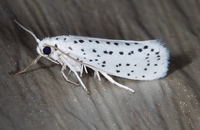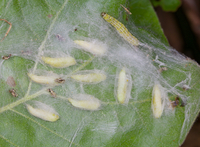
| Recorded by: Simpson Eason on 2025-06-04
Durham Co.
Comment: | 
| Recorded by: Simpson Eason on 2025-05-25
Durham Co.
Comment: |

| Recorded by: David George, Jeff Niznik on 2025-05-24
Richmond Co.
Comment: | 
| Recorded by: Mark Basinger on 2025-05-23
Wilson Co.
Comment: |
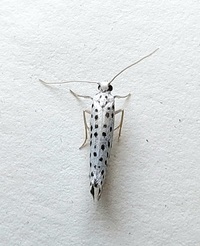
| Recorded by: Mark Basinger on 2025-05-21
Wilson Co.
Comment: | 
| Recorded by: Mark Basinger on 2025-05-21
Wilson Co.
Comment: |
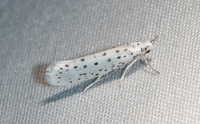
| Recorded by: Emily Stanley on 2024-06-20
Buncombe Co.
Comment: | 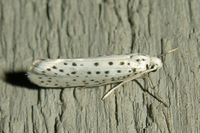
| Recorded by: Owen McConnell on 2024-06-17
Graham Co.
Comment: |
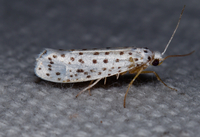
| Recorded by: Jim Petranka on 2024-06-07
Madison Co.
Comment: | 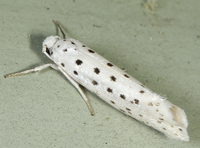
| Recorded by: John Petranka on 2024-06-07
Orange Co.
Comment: |
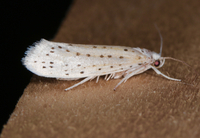
| Recorded by: Jim Petranka and Becky Elkin on 2024-06-03
Madison Co.
Comment: | 
| Recorded by: David George, Jeff Niznik on 2024-06-01
Chatham Co.
Comment: |
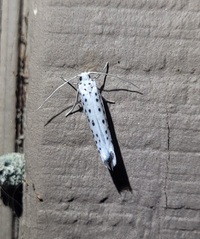
| Recorded by: Andrew W. Jones on 2024-06-01
Surry Co.
Comment: | 
| Recorded by: Jim Petranka on 2024-05-30
Madison Co.
Comment: A reared adult from a pupa that was on Witch Hazel; pupa of May 22; adult emerged on May 30 (see companion photo of the pupae). |
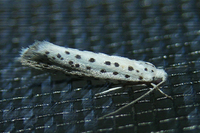
| Recorded by: Owen McConnell on 2024-05-29
Graham Co.
Comment: | 
| Recorded by: David George, Jeff Niznik on 2024-05-25
Chatham Co.
Comment: |
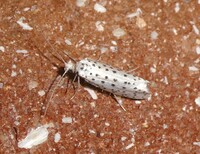
| Recorded by: Simpson Eason on 2024-05-23
Durham Co.
Comment: | 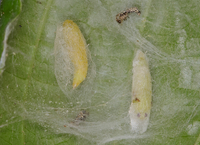
| Recorded by: Jim Petranka on 2024-05-22
Madison Co.
Comment: Two pupae were in a partially folded leaf of Witch Hazel, about 4 feet above the ground. They presumably fed on Euonymus and moved to a pupation site on Witch Hazel. An adult was reared and emerged on May 30, 2024 (see companion photo). |
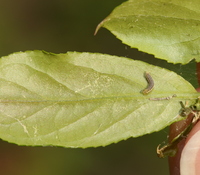
| Recorded by: David George, Stephen Dunn, Becky Watkins on 2024-04-13
Orange Co.
Comment: | 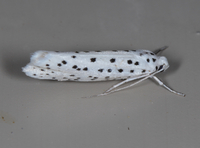
| Recorded by: Jim Petranka on 2023-06-30
Madison Co.
Comment: |
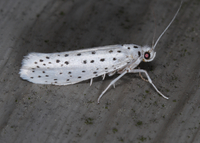
| Recorded by: Jim Petranka on 2023-06-27
Madison Co.
Comment: | 
| Recorded by: Jim Petranka and Becky Elkin on 2023-06-24
Buncombe Co.
Comment: |
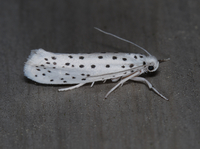
| Recorded by: Jim Petranka on 2023-06-21
Madison Co.
Comment: | 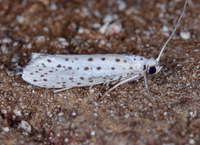
| Recorded by: Jim Petranka on 2023-06-20
Madison Co.
Comment: |
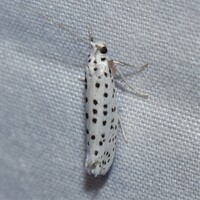
| Recorded by: David George, Jeff Niznik on 2023-06-10
Durham Co.
Comment: | 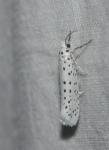
| Recorded by: K. Bischof on 2023-06-04
Transylvania Co.
Comment: |

| Recorded by: David George, Stephen Dunn, Jeff Niznik on 2023-06-03
Orange Co.
Comment: | 
| Recorded by: Chuck Smith on 2023-06-02
Davidson Co.
Comment: |
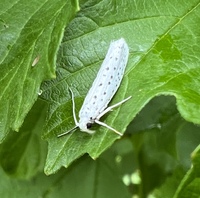
| Recorded by: Stephen Dunn on 2023-05-27
Orange Co.
Comment: | 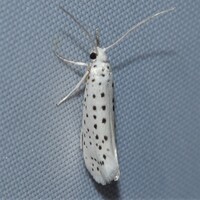
| Recorded by: David George, Jeff Niznik on 2023-05-17
Chatham Co.
Comment: |
|

 »
»